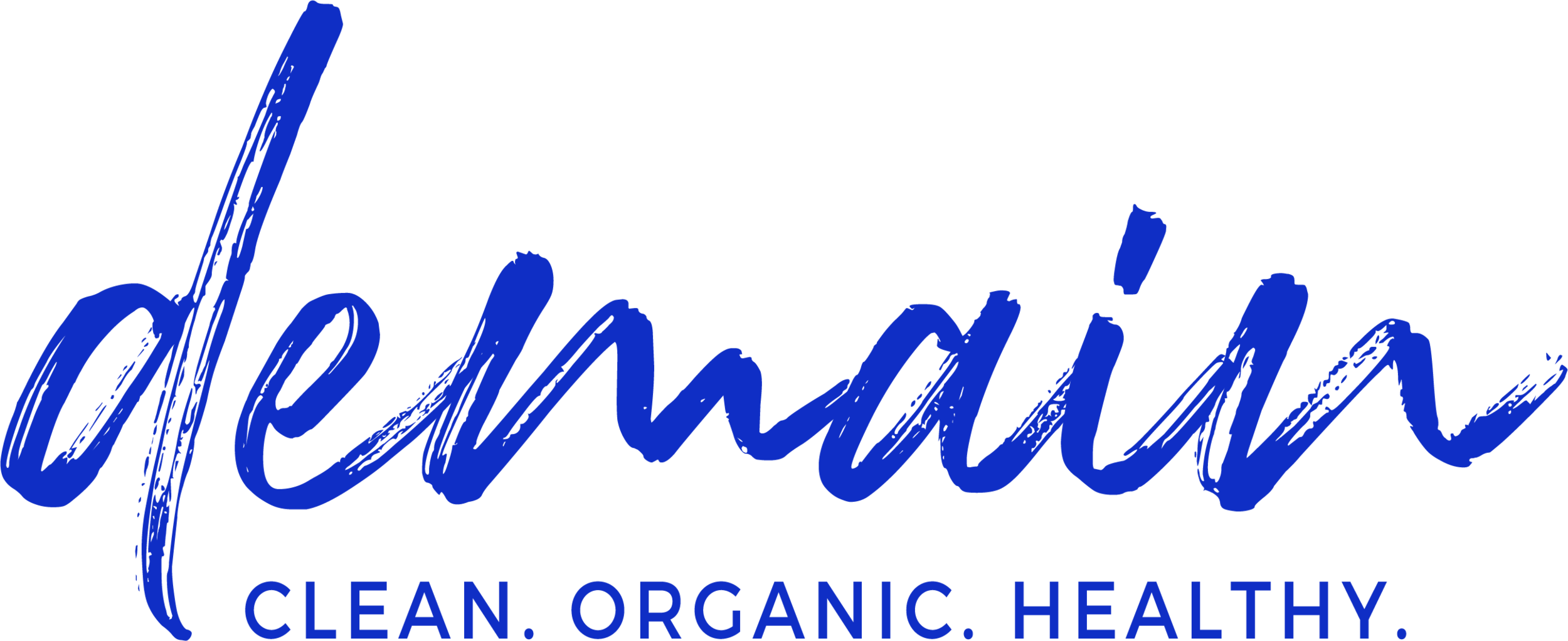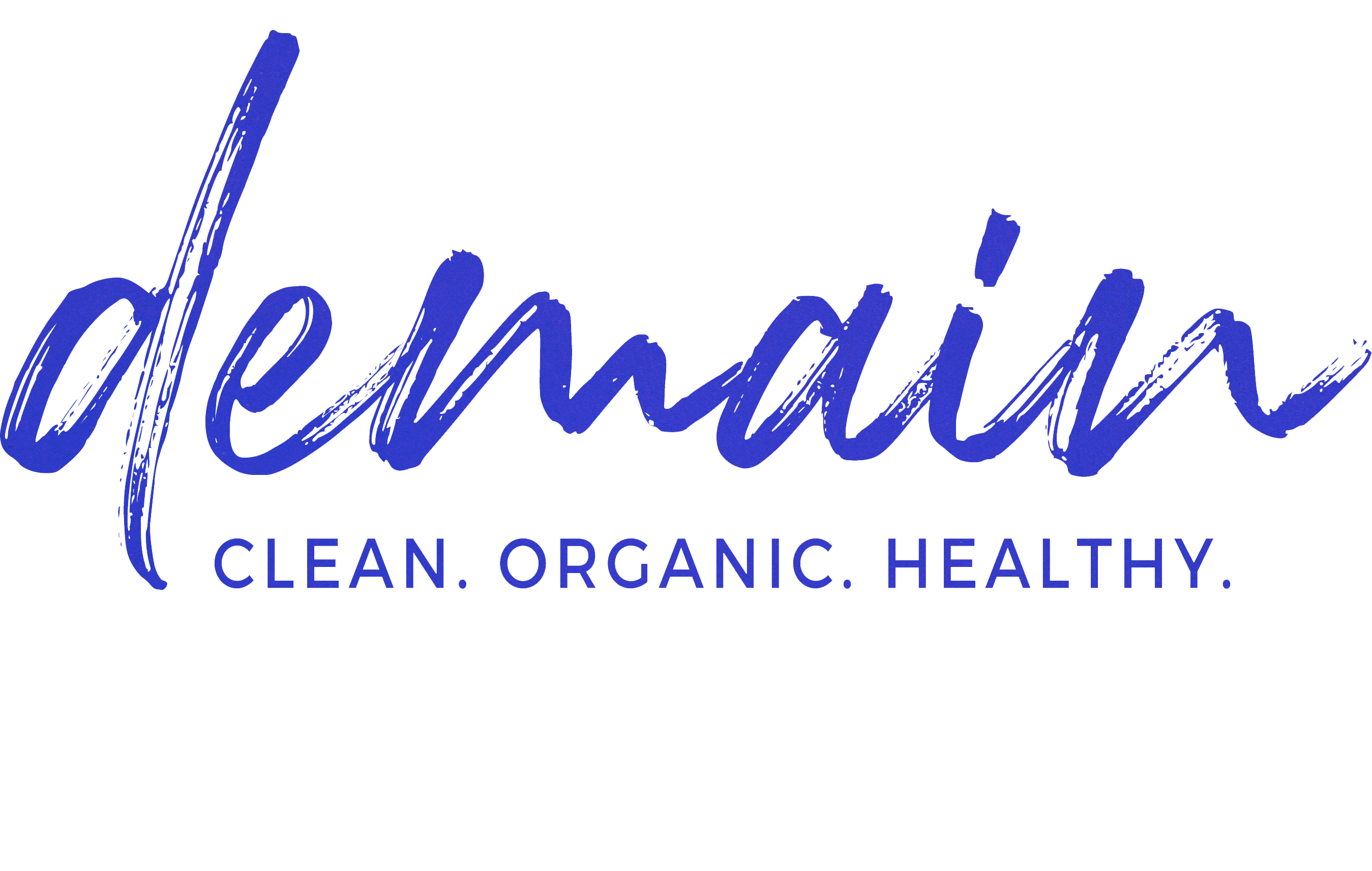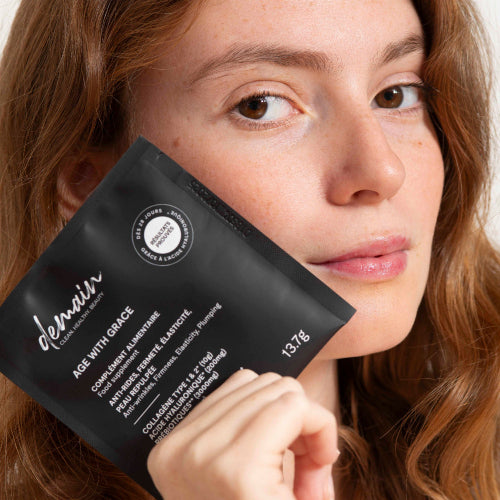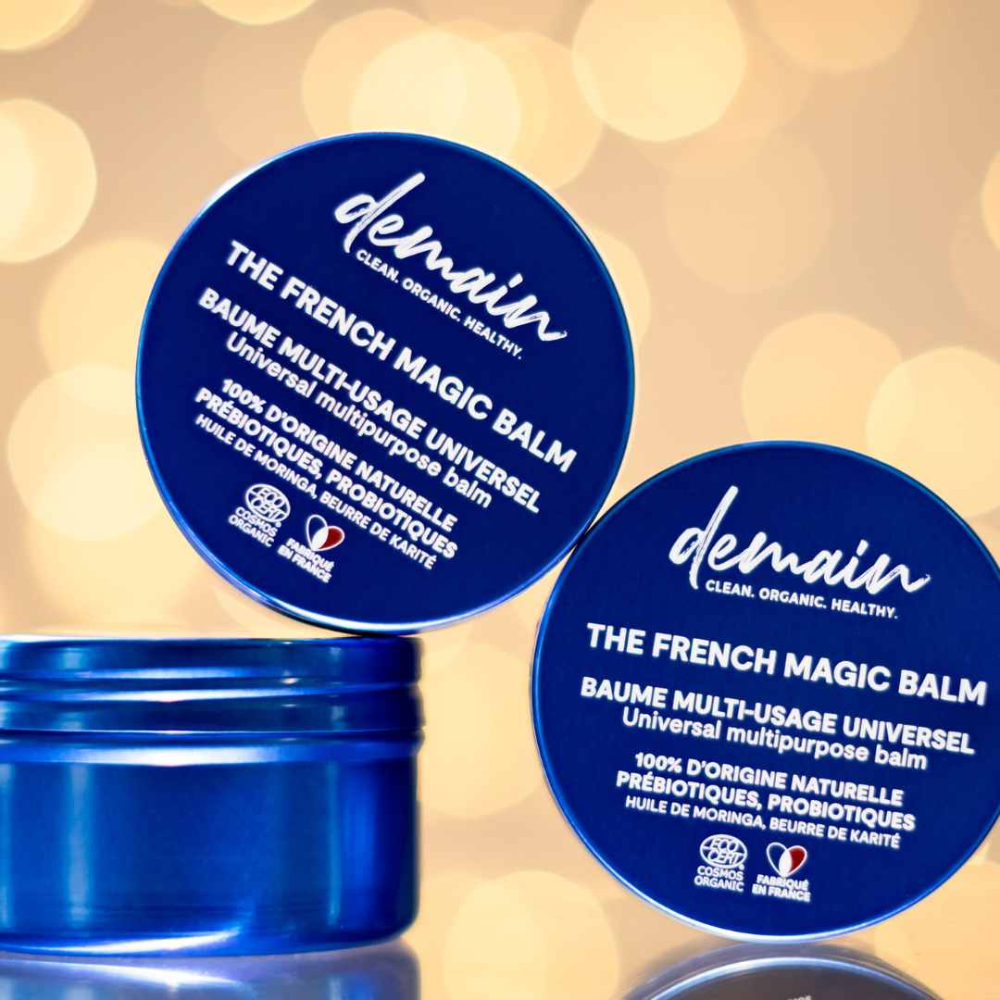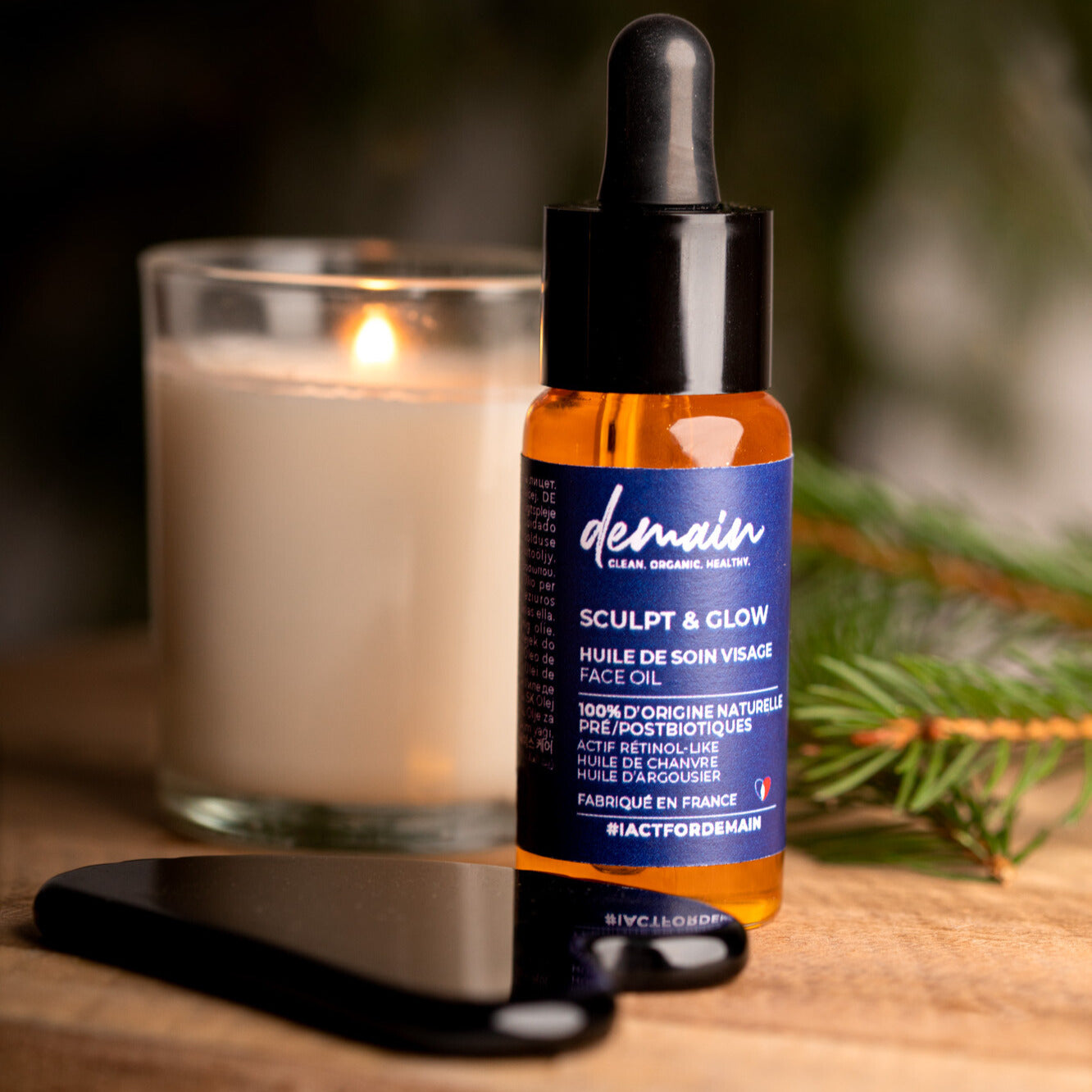Has summer left its mark on your skin? Excess sebum, breakouts... Don't panic! It is possible to treat these problems effectively. From sebum-regulating vegetable oil to scrubs and a specific routine, let's discover together how to get radiant, blemish-free skin.
Understanding hyperseborrhea and its manifestations
Hyperseborrhea, often observed in adolescents, is manifested by an overproduction of sebum. This phenomenon is caused by a disorder of the sebaceous glands, often influenced by hormonal factors. Androgen hormones, more present in adolescence, stimulate these glands, thus increasing the production of sebum.
Oily skin can also result from environmental factors such as external aggressions . Pollution and UV rays can make the situation worse by stimulating the sebaceous glands.
Hyperseborrhea results in shiny and glossy skin, mainly on the T-zone (forehead, nose and chin). It also promotes the appearance of blackheads and pimples. To remedy this, it is essential to adopt good habits and use suitable products:
- Gentle cleansers to remove excess sebum without damaging the skin
- Sebum-regulating serums to balance sebum production
- Gentle scrubs to deeply unclog pores and eliminate dead cells
Consult a dermatologist if symptoms persist to obtain personalized treatment.
Recognizing the signs of oily skin
To recognize oily skin, several distinctive signs can be observed. First of all, the skin often has a shiny and oily appearance on the entire face, especially in the T-zone (forehead, nose, chin). This phenomenon is generally accompanied by dilated and very visible pores.
Blemishes are also common. You may notice the presence of comedones, that is, blackheads and whiteheads, as well as red pimples or acne. Another indicator is the texture of the skin which may appear thicker and uneven.
Finally, makeup tends to not last all day, slipping easily due to excess sebum. If you feel like your skin is oily and these symptoms persist, it is likely that you have oily skin.
When and how to use a scrub for oily skin
To get the most out of an exfoliator for oily skin, it's crucial to use it correctly. Start by lightly moistening your face. Then apply the exfoliator using small circular motions to stimulate blood circulation and remove dead skin cells.
Focus especially on the T-zone (forehead, nose, chin), which is often more prone to excess sebum production. Use a product suited to your skin type, preferably with fine grains to avoid irritating the epidermis.
Ideally, you should do this treatment once or twice a week to avoid the opposite effect, i.e. an overproduction of sebum. After exfoliation, rinse your face with lukewarm water and apply a light moisturizer to rebalance your skin.
The role of masks and serums in the care of oily skin
Masks and serums play a crucial role in managing oily skin. Masks, especially clay ones, are great for absorbing excess oil and purifying pores. Green clay, for example, is effective at detoxifying the skin and reducing blemishes. You can also opt for a papaya-based mask, which helps exfoliate and brighten the complexion.
For serums, look for ones that contain sebum-regulating active ingredients like niacinamide, salicylic acid, and zinc. These ingredients help control sebum production and reduce inflammation. A few drops of serum applied daily can work wonders on oily skin.
Remember to choose serums with a light texture to avoid clogging pores.
The benefits of exfoliation for oily skin
Regular exfoliation helps regulate sebum production. By removing dead cells, it prevents pores from getting clogged, reducing the risk of blackheads and pimples.
In addition, it promotes cell renewal , making the skin brighter and more uniform. Well-exfoliated skin better absorbs the treatments applied afterwards, thus optimizing their effectiveness.
To maximize the benefits, it is recommended to use exfoliants containing fruit acids or salicylic acid. These ingredients help dissolve impurities and clarify the complexion.
Be careful not to over-exfoliate the skin to avoid irritation. Once or twice a week is enough to maintain healthy and balanced skin.
Choosing the Right Cleanser for Oily Skin
There are several types of cleansers that are suitable for oily skin. Foaming cleansers are often recommended because they effectively remove excess sebum without being harsh on the skin. Opt for those containing ingredients like zinc sulfate or copper, which help to cleanse and regulate the epidermis.
Cleansing gels are also a great option. They deep clean while leaving a fresh feeling. Ingredients to look for include salicylic acid and niacinamide, which are known for their anti-inflammatory and sebum-regulating properties.
For those who prefer a gentler solution, micellar water can be a good alternative. Although less powerful, it helps remove impurities while respecting the skin's balance. It is important to choose non-comedogenic products to avoid clogging pores.
The Importance of a Moisturizer for Oily Skin
To keep oily skin well hydrated, it is essential to choose specific products. Choose lightweight, non-comedogenic formulas . These products moisturize without clogging pores or weighing down the skin.
Ingredients to look for include hyaluronic acid, known for its moisturizing properties, and zinc to regulate sebum. Here are some recommendations:
- Moisturizing gels : They offer a light texture that penetrates quickly.
- Mattifying creams : They reduce shine while maintaining hydration.
- Hydrating serums : Perfect for targeted, deep hydration.
Avoid creams that contain heavy oils or alcohol, as they can aggravate oily skin problems. Proper hydration helps balance sebum production and prevent blemishes.
Beauty routine suitable for oily skin
For oily skin, a suitable beauty routine should include specific steps to regulate sebum and prevent blemishes. Start with a gentle cleansing morning and evening with a soap-free purifying gel to avoid damaging the epidermis.
Next, apply a toner containing active ingredients such as salicylic acid to tighten pores. Use a sebum-regulating serum, based on niacinamide or zinc, to control sebum production.
Then moisturize your skin with a light, non-comedogenic cream. Once or twice a week, use a green clay mask to deeply purify.
Remember to incorporate a gentle weekly scrub to remove dead cells and prevent blackheads. Finally, don't forget daily sun protection to prevent spots and protect your skin from UV rays.
Treating pimples on oily skin
To treat pimples on oily skin, it is essential to adopt a proper skincare routine. Start by cleansing your skin morning and night with a gentle cleansing gel containing salicylic acid. This ingredient helps unclog pores and reduce inflammation.
To soothe and hydrate skin without clogging pores, use a lightweight, non-comedogenic cream. Serums with niacinamide or zinc can also be beneficial for regulating sebum production and reducing redness.
For persistent pimples, consider targeted treatments like benzoyl peroxide gels. Avoid picking or popping pimples to prevent infection and scarring.
For a more natural approach, green clay masks can be applied once or twice a week to absorb excess sebum and purify the skin.
How to deal with shiny skin?
To reduce shine on your skin, start by adopting a suitable skincare routine. Cleanse your face twice a day with a gentle cleansing gel, specially formulated for oily skin. Avoid harsh products that can stimulate sebum production.
Use an astringent toner containing ingredients like witch hazel to tighten pores and mattify your complexion.
Then remember to apply a light, non-comedogenic moisturizer.
To absorb excess sebum throughout the day, keep blotting papers on hand.
They are practical and effective for removing shine without altering your makeup.
Finally, incorporate green clay masks once or twice a week to deeply purify and mattify your skin.
How to stop having oily skin?
Discover our product recommendations to stop having oily skin.
Which cream for oily skin?
To choose a cream suitable for oily skin, it is essential to favor products with a light and non-comedogenic texture. These creams must contain mattifying and moisturizing active ingredients to regulate sebum production while maintaining hydration.
- Balance Your Pores : The moisturizing, purifying, mattifying, soothing Balance Your Pores treatment limits the development of acne*, regulates and absorbs excess sebum, reduces imperfections and maintains a balanced skin microbiota*. The skin is hydrated, purified and soothed, while the skin texture is smoothed, unified and mattified. Avoid creams rich in heavy oils that can clog pores and aggravate skin problems. A good moisturizer for oily skin should also contain ingredients like hyaluronic acid and zinc for better skin balance.
Which soap for oily skin?
For oily skin, it is recommended to use soaps specifically formulated to regulate sebum production while gently cleansing. Opt for soap-free soaps, also called syndets, which are less aggressive on the skin.
Sulfur-based soaps are particularly effective for their astringent and purifying properties. They help reduce excess sebum and prevent breakouts. Additionally, soaps containing activated charcoal or green clay can also be beneficial. These ingredients absorb excess sebum and detoxify the skin.
Finally, superfatted soaps are also recommended. They cleanse without drying out the skin and maintain its natural hydration.
